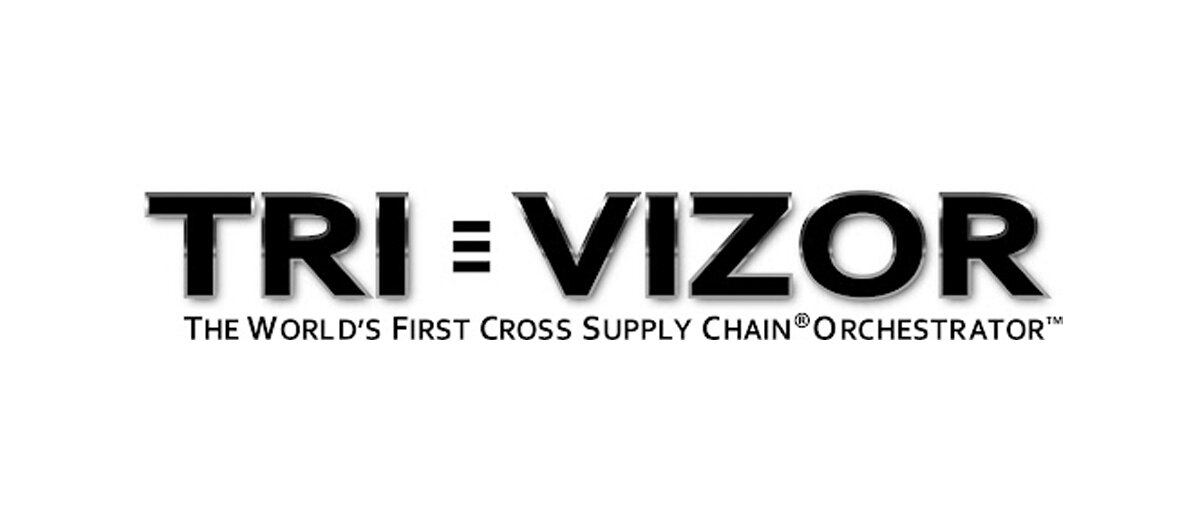The application of optimization methods in the transportation sector has lead to major advances in terms of efficiency and sustainability. However, several studies show that there is still room for improvement. For example, according to the official statistics of the EU, around 27% of the trucks in the road network are empty. A recent trend in supply chain management, called horizontal collaboration, sees companies join forces to perform their distribution jointly. The principle behind this trend is straightforward: companies can achieve higher efficiency levels by forming a coalition and carrying out a joint operational plan. Several studies show that this close cooperation can lead to major reductions in the total transportation cost and the CO2 emissions. For instance, a recent alliance between the pharmaceutical companies UCB and Baxter to transport their orders from Belgium to Romania has shown to be very fruitful. By collaborating, these companies were able to achieve a double-digit profit gain and a reduction in the greenhouse gas emissions of almost 50%. Despite the many potential advantages, the collaborative aspect makes creating a joint operational much more complex and demanding. Which companies offer the greatest potential for collaboration? How should the savings in the transportation cost be distributed among the coalition members? Giving answers to these questions requires facing the distribution problem from a new “collaborative” angle.
Industrial partners
